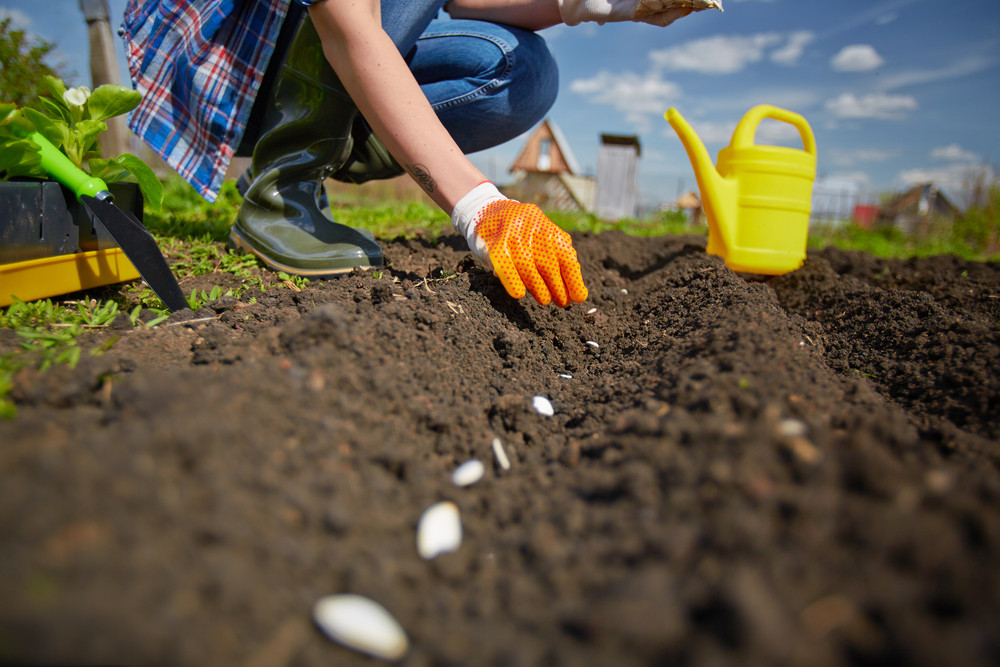How Much Mulch Should You Get?
When it comes to landscaping and garden maintenance, mulch plays a critical role in promoting soil health, conserving moisture, and enhancing the visual appeal of outdoor spaces. Determining the right amount of mulch is essential to ensure you cover your garden beds adequately without overbuying and wasting resources. This is where a mulch calculator yards tool becomes invaluable. By understanding how to use such a calculator, you can make informed decisions about the quantity of mulch needed for your project. Here’s a comprehensive guide on determining the amount of mulch you should get for your landscaping needs.
Understand the Benefits of Mulching
Before diving into calculations, it’s important to recognize the benefits of mulching. Mulch helps to retain soil moisture, reduce weed growth, regulate soil temperature, and improve soil fertility. Additionally, it gives garden beds a neat, uniform appearance, contributing to the overall aesthetics of your landscape.
The first step in using a mulch calculator is to determine the total area of the garden beds or spaces where you plan to apply the mulch. Measure the length and width of each area in feet. For irregularly shaped beds, try to divide the space into smaller, regular shapes (like squares and rectangles), measure these individually, and then add them together to get the total area.
Decide on the Depth of Mulch
The depth of mulch needed can vary depending on its type and the specific needs of your garden or landscape. A general recommendation is to aim for a depth of 2 to 3 inches. This depth is sufficient to suppress weeds, retain moisture, and provide a polished look without risking harm to plant roots. Consider the existing depth of mulch (if you’re topping up) and the type of mulch you’re using, as some materials may compact more than others.
Use the Mulch Calculator Yards Tool
A mulch calculator yards tool asks for the area (in square feet) and the desired depth of mulch (in inches) to determine how much mulch you need in cubic yards. This calculation provides a straightforward way to understand how much mulch you need to cover your garden beds effectively.
Consider the Application
When planning your mulch application, consider areas that may need a thinner layer, such as around the base of plants or trees, to prevent moisture retention against stems and trunks which could lead to rot or disease. Adjust your calculations accordingly to avoid over-mulching sensitive areas.
Account for Settling and Compaction
Keep in mind that over time, mulch will settle and compact, especially organic materials like wood chips or bark. You may want to order a slightly higher quantity than calculated to account for this natural process, ensuring your garden beds remain well-covered and protected.
Determining the right amount of mulch for your garden or landscaping project doesn’t have to be a guessing game. By utilizing a mulch calculator yards tool and understanding the specifics of your project, such as the area to be covered and the desired depth of mulch, you can purchase just the right amount of mulch. This not only saves time and money but also ensures that your outdoor spaces remain healthy, well-maintained, and visually appealing throughout the year.

Leave a Reply